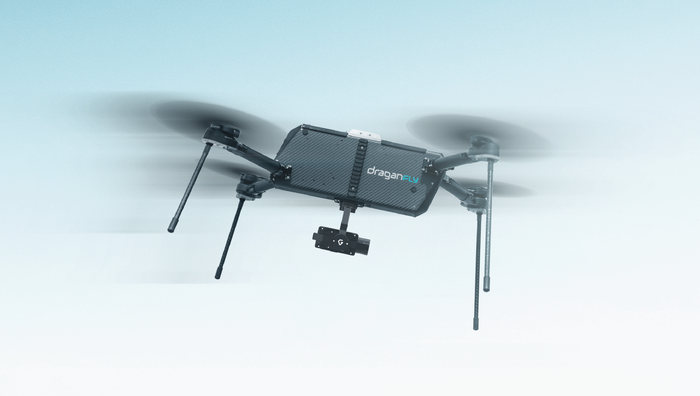Nvidia Platform to Accelerate Advanced Semiconductor ManufacturingNvidia Platform to Accelerate Advanced Semiconductor Manufacturing
TSMC moves Nvidia cuLitho platform into production to overcome computation bottlenecks in next-generation chip manufacturing

Semiconductor manufacturer TSMC is introducing Nvidia’s cuLitho platform to accelerate the computational lithography process used in the manufacture of advanced chips.
Computational lithography is a key step in chip manufacturing and is the most compute-intensive task in semiconductor production. It requires complex computations in electromagnetic physics, photochemistry and computational geometry.
Foundries traditionally have substantial data centers to carry out the necessary computations, but using traditional systems consumes tens of billions of hours per year and is reaching the limits of what physics allows.
Nvidia’s accelerated computing platform cuLitho is powered by 350 Nvidia H100 Tensor Core GPU systems. The company claims it can replace 40,000 CPU systems, reducing production time, power consumption and data center space.
“Our work with Nvidia to integrate GPU-accelerated computing in the TSMC workflow has resulted in great leaps in performance, dramatic throughput improvement, shortened cycle time and reduced power requirements,” said TSMC CEO C.C. Wei.
Nvidia has also added generative AI capabilities to cuLitho that could provide an additional 2x speedup by improving optical proximity correction (OPC). OPC is a critical process in semiconductor lithography used to improve the accuracy of transferring a circuit pattern from a photomask onto a silicon wafer.
Accelerating computation lithography means each mask is produced faster, reducing the time to develop new chip capabilities and making new calculations that were previously impractical possible.
Introducing accelerated computing and AI could also enable the practical introduction of techniques that were previously impractical because the calculation takes too long, for example inverse lithography techniques.
Researchers have been investigating these techniques for two decades as a method to design a circuit by starting with the desired final pattern on the wafer and then computing the optimal photomask pattern, accounting for optical and physical distortions.
They have not left the lab to date as the computing demands are too great, but cuLitho could help introduce them into the manufacturing of next-generation semiconductors.
About the Author
You May Also Like








